This was not the first time I’ve been locked in. My youngest daughter locked us in a hotel room on another summer road trip, and once I got locked in the Trinity Church stairwell. Hopefully being locked in Mazagan makes #3 of 3.
Yesterday we visited the port city of El Jadida, and the remains of the Portuguese city of Mazagan. I’ve been there before and was just planning to wander with my friend and our daughters, but we somehow ended up with a guide – an old man named Moussa who spoke an interesting dialect of English that was probably a blend of all the English-speaking tourists he had run across. Moussa first took us into the beautiful cistern, which was built in the 1500s and was used to hold water for the 5,000 inhabitants of the Portuguese city. He told us that now it is used for “click-clack…take pictures!” 🙂
The cistern doesn’t have very exciting doors but it’s really cool…
Moussa then led us around to other click-clack spots, including the fortress where a tribe of boys ran along the top of the wall (approximately 8 meters high) and took death-defying leaps into the shallow water. It may have been my imagination, but they seemed to ramp it up when we showed up with 3 teenaged American girls.
As we were click-clacking at the “boom-booms” (cannons) in the highest area of the fort, I heard someone pounding on the door we had entered through. We made our way down and saw that a security guard was trying to clear the place out to lock up. He was shooing everyone down toward the main gate, and preparing to lock the doors to the upper section. It didn’t look like he was planning to climb up to the top and check for slow-pokes…we were supposed to know that banging on the door meant “GET OUT IMMEDIATELY.”
We followed Moussa in the opposite direction from the main gate…call me naïve or call me adventurous. I thought I heard him say, “Give the man some money, he opens the door.” I didn’t know which man, how much money, or which door, but I figured he knew what he was doing. After a final click-clack opportunity at a different boom-boom, we walked to the side door, which was locked from the outside with a padlock. It was like the world’s longest dead-end corridor. Moussa either didn’t want to walk all the way to the front door, or knew that it was already locked, so he just stood there waiting for “the man” to come with the key.
Thanks to Shutterstock, here is a photo that shows where we were (in the foreground, to the right), the arched doors that were being locked, and our path along the wall to the left:
And from Google Maps…#1 is the gate we entered through, #2 is the arched pair of doors, and #3 is the door where we waited for the key.
Back the way we came…
It didn’t take long for las tres amigas to attract the attention of the neighborhood boys, who then attempted to rescue them by waving us their way. Maybe they thought we would all jump off the wall into the water to escape. Luckily there was a guy who spoke English at the window above us, who offered to send down some food and orange juice since it looked like we would be spending the night. He eventually called the police, while I chatted with a voice on the other side of the door (Me: “Feen tserroot?” (“Where’s the key?”), Him: “Amerikaneeya kata’hadar l’Arobia!” (“The American speaks Arabic!”)). My oldest daughter was simultaneously trying to communicate with him about her urgent need (Aliya: “Je m’appelle toilette!”, Me: “That means “I’m called toilet.”).
Finally the Keymaster arrived and set us free, amid cheers from us and most of the neighborhood. You have to learn to expect and embrace the unexpected if you travel to Morocco. There is no guarantee of free egress here.
You need to login or register to bookmark/favorite this content.


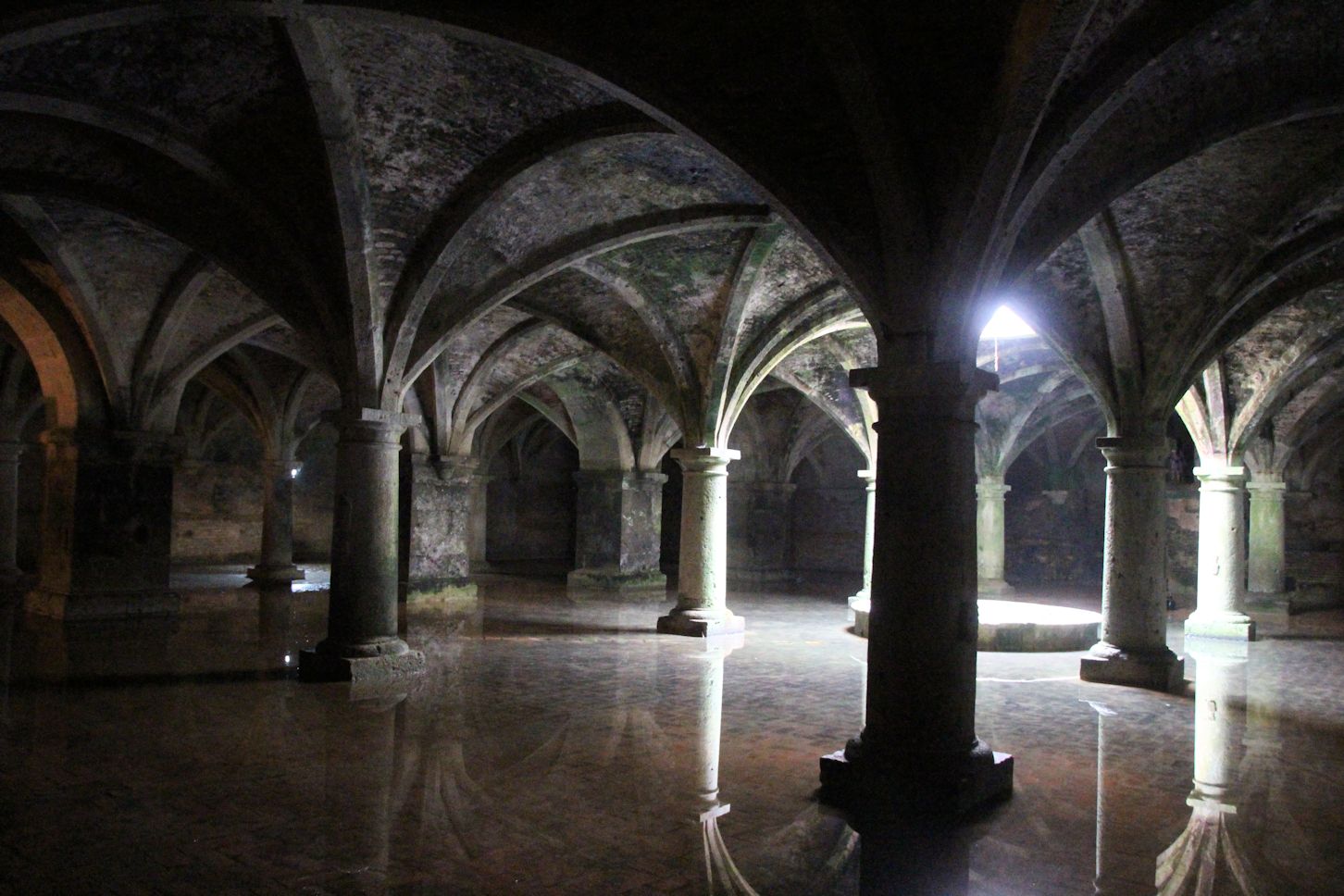
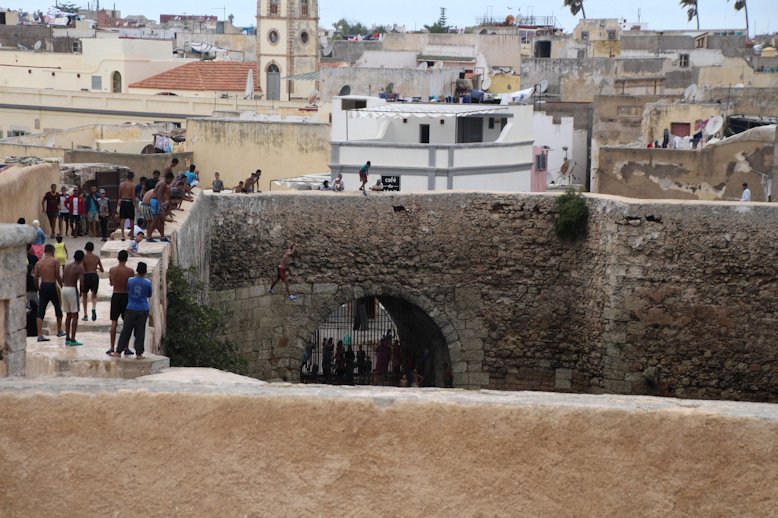
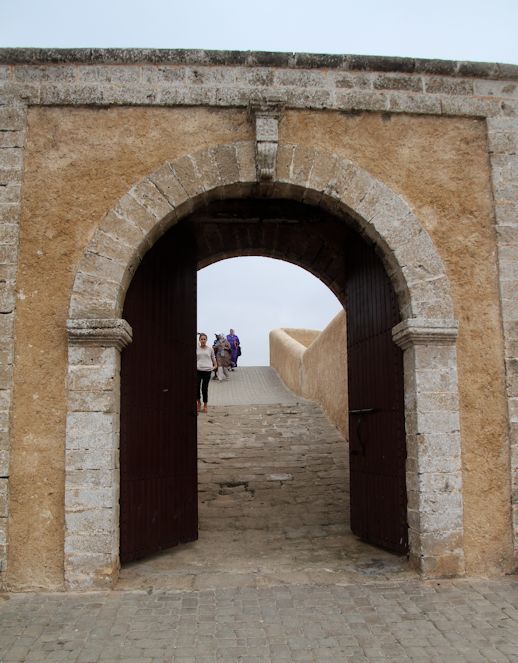
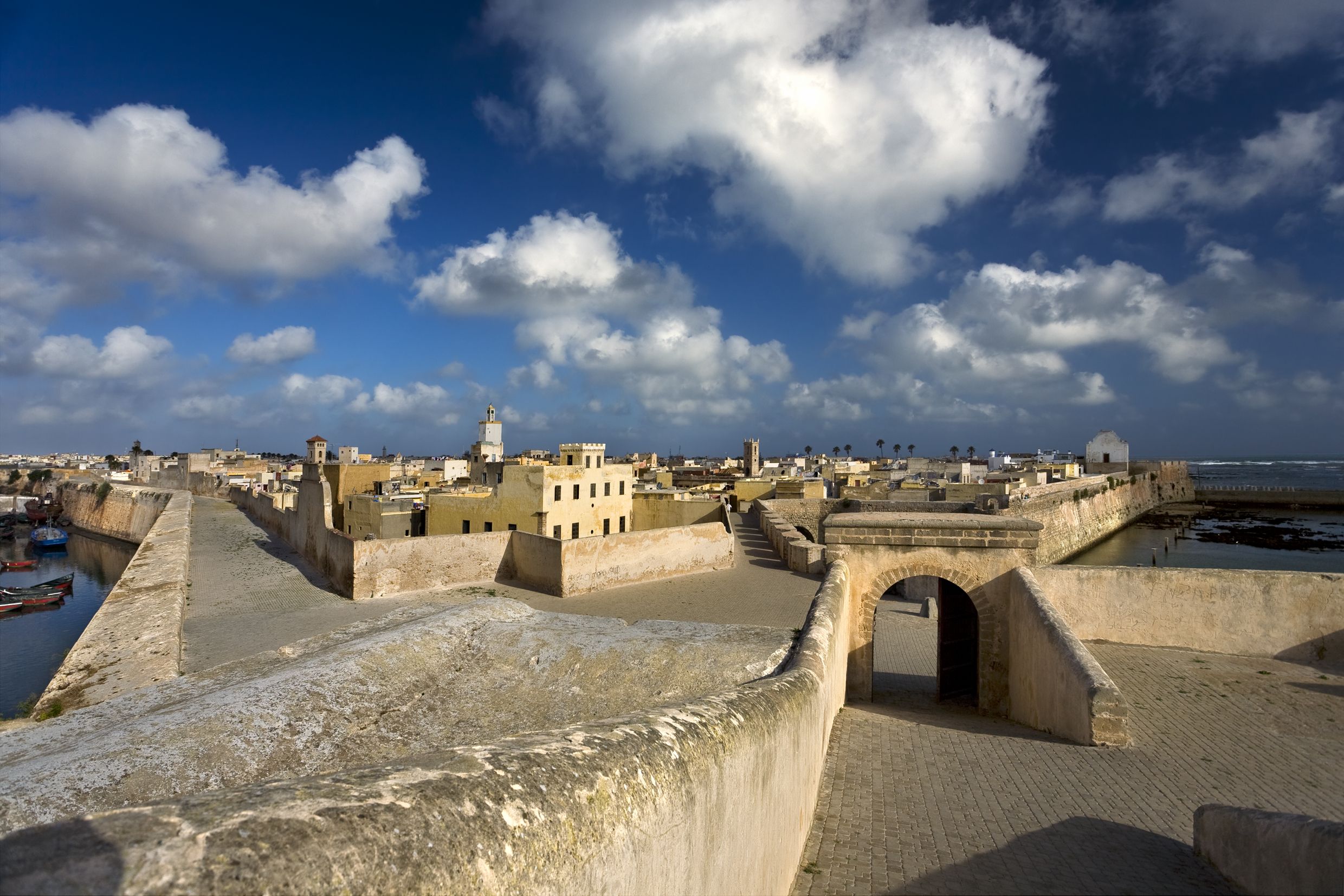
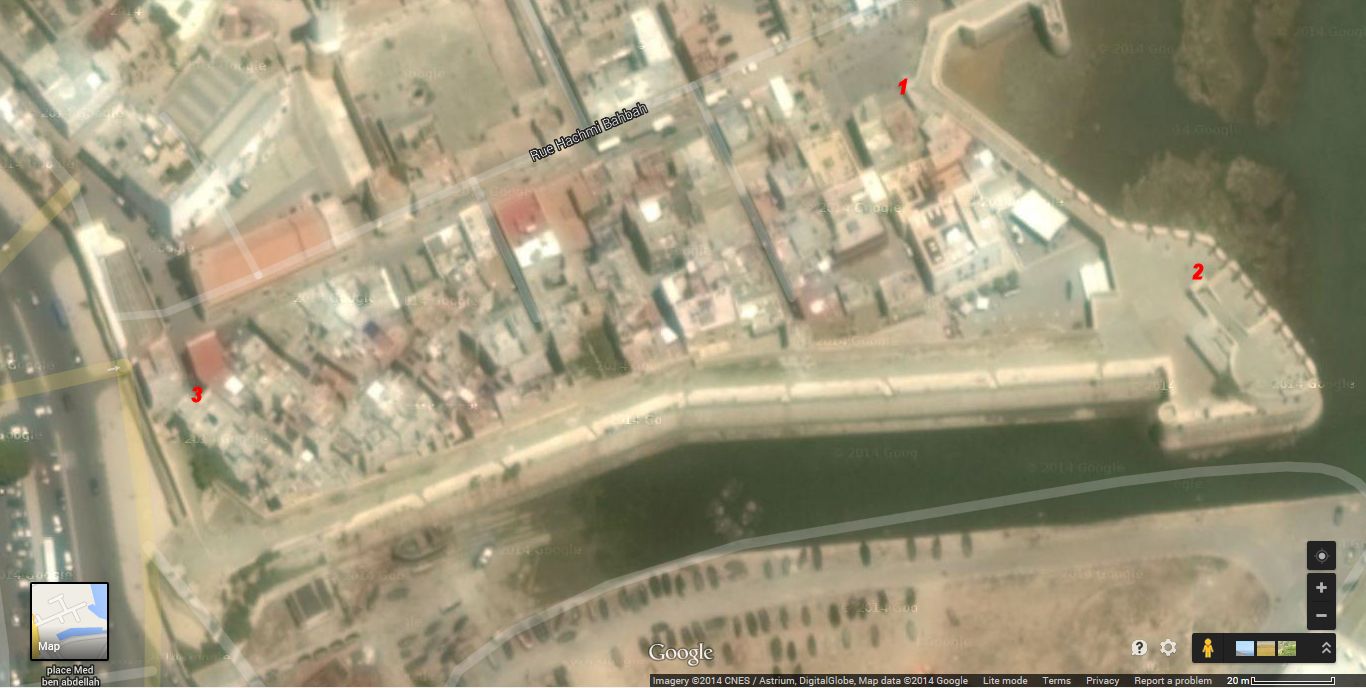
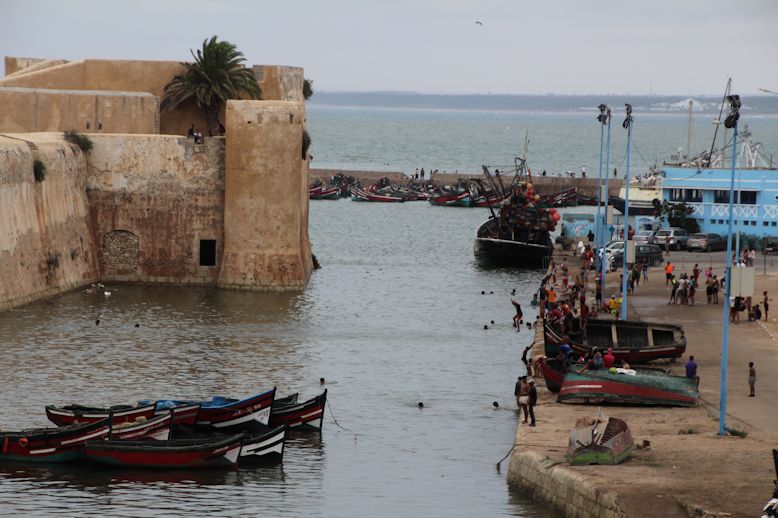
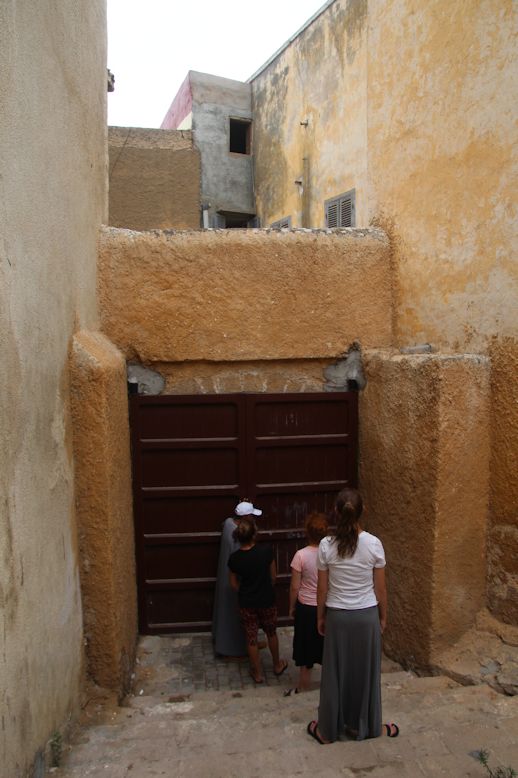
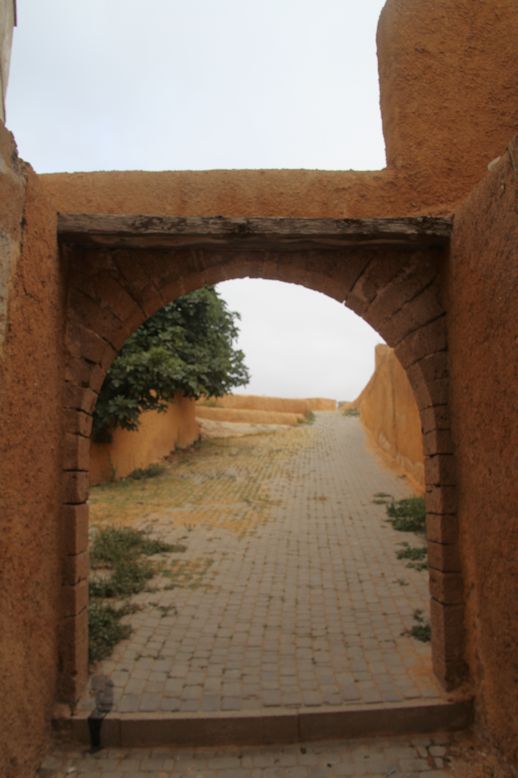





The wonderful adventures of Lori.
You know you have to accept the building, by the code it was built by!!!!!
Haha – I’m pretty sure egress was not a priority in the 16th century. 🙂
I’d really love a copy of the cistern photo, it’s beautiful.